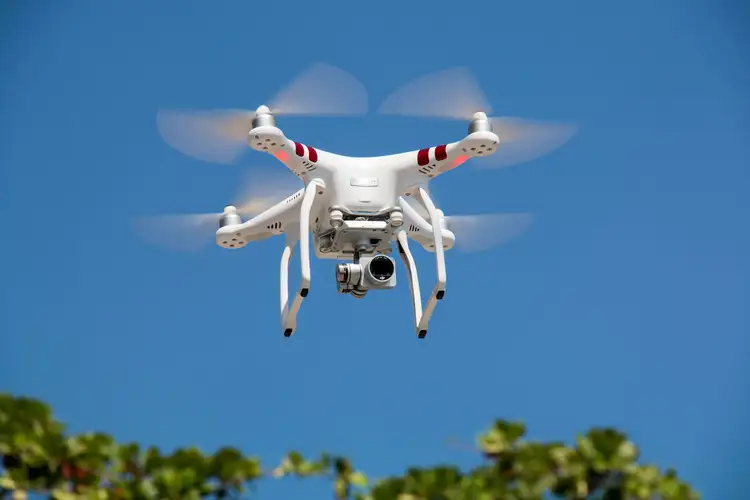Artificial Intelligence (AI) has revolutionized various industries, and one area where it has made significant advancements is in the field of drones. Drones, also known as unmanned aerial vehicles (UAVs), have become increasingly popular in recent years for various applications such as aerial photography, surveying, package delivery, and even rescue missions.
AI technology has played a crucial role in enhancing the capabilities and functionalities of drones, making them more intelligent, efficient, and autonomous. In this article, we will explore the various ways AI technology is transforming the drone industry.
Improved Navigation and Autonomous Flight
One of the key areas where AI technology has made a significant impact on drones is in navigation and autonomous flight. Traditional drones required manual control or pre-programming for their flight paths. However, with AI algorithms and machine learning, drones can now navigate their surroundings, avoid obstacles, and even make real-time adjustments to their flight paths.
AI-powered drones use sensors, cameras, and computer vision to identify and track objects in their environment. They can recognize and avoid obstacles such as buildings, trees, and other aircraft, ensuring safe and efficient flight. Autonomous drones can also analyze the terrain and weather conditions to make informed decisions about the best flight routes and landing spots.
Object Detection and Tracking
AI technology has also enabled drones to perform advanced object detection and tracking tasks. With computer vision algorithms, drones can identify and track specific objects or individuals. This capability is particularly useful in search and rescue missions, where drones can search large areas for missing persons or detect potential dangers.
Object detection and tracking can also be leveraged in other applications such as agricultural monitoring, wildlife conservation, and surveillance. Drones equipped with AI can identify and monitor crops, detect changes in vegetation, track wildlife movements, and provide real-time updates on potential threats or intruders.
Elevated Imaging and Photography
AI technology has significantly improved the capabilities of drones for aerial imaging and photography. Drones equipped with high-resolution cameras and AI algorithms can capture stunning aerial shots, analyze and enhance image quality, and even create 3D models from multiple images.
AI-powered drones can automatically adjust camera settings, such as exposure and focus, to optimize image quality. They can also use image recognition algorithms to identify specific objects or landmarks in the images captured. This is particularly useful in applications such as aerial mapping, infrastructure inspection, and cinematography.
Efficient Delivery and Logistics
Another area where AI technology is revolutionizing drones is in delivery and logistics. Companies like Amazon and UPS have been exploring the use of drones for package delivery, and AI plays a critical role in making these operations efficient and reliable.
AI algorithms enable drones to optimize delivery routes based on real-time data, such as traffic conditions and weather forecasts. They can calculate the most efficient paths, avoiding congested areas or adverse weather conditions. AI technology can also help drones navigate to precise delivery locations, such as balconies or backyards, using GPS and computer vision.
Artificial Intelligence technology has brought groundbreaking capabilities to the drone industry. From improved navigation and autonomous flight to advanced object detection and tracking, AI-powered drones are transforming various sectors such as photography, agriculture, surveillance, and logistics. As AI technology continues to advance, we can expect drones to become even more intelligent and versatile, contributing to further innovation and advancements in the unmanned aerial vehicle industry.










